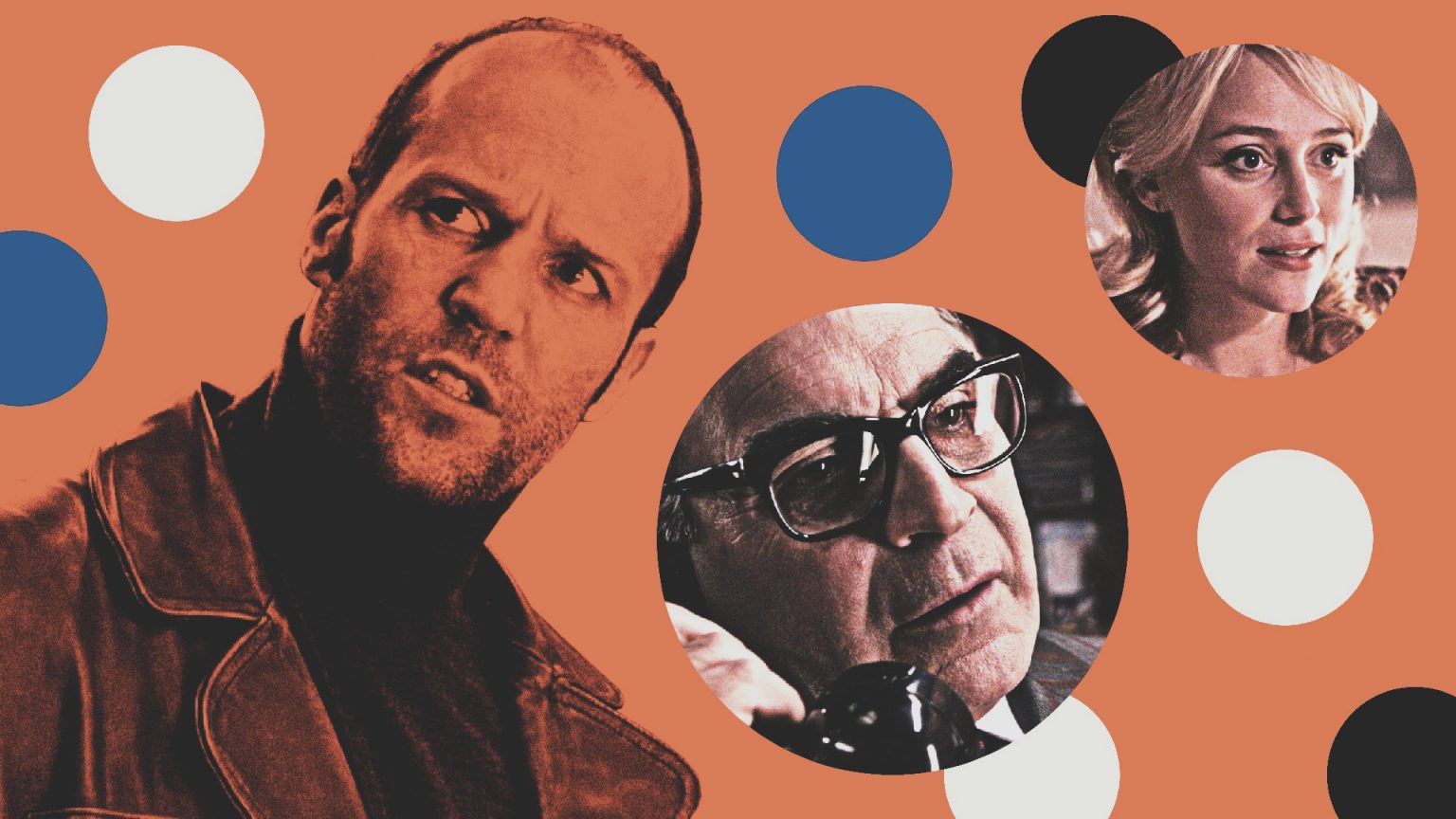“Based on a true story.” How many times have you read that sentence during the opening credits of a movie? This past year has been a banner one for the sub-genre, with a glut of movies already released or set to premiere. So far, that 2018 lineup has run the gamut from forgettable (Mary Shelley, Chappaquiddick), to astonishingly bad (Gotti, Tag), to hilarious (The Death of Stalin) to excellent (Boy Erased, Can You Ever Forgive Me?), and with the impending release of Mary, Queen of Scots and Welcome to Marwen, it’s not over yet.
Not only do these movies attract audiences to the theater, but they also tend to draw star power as well. Earlier this month, Oscar-winning director Damien Chazelle followed up his acclaimed La La Land with the ambitious, if uneven, First Man, which also starred Ryan Gosling. Bohemian Rhapsody, starring Rami Malek and based on the life of Freddie Mercury, recently came under fire for giving in to hagiography and misrepresenting the legendary musician. Here at Fandor, we are fascinated by the way these stories are told, re-told, and mis-sold, that’s why we’ve made the drama-thriller The Bank Job, starring the one and only Jason Statham, available to stream for a limited time.
The Bank Job, based on the true story of the 1971 Baker street bank robbery, is in some ways the perfect true tale to be adapted for the big screen. After all, the original story includes many of the ingredients for a classic thriller: It’s a daring, high stakes bank robbery executed by a collection of blue-collar anti-heroes with enough mystery surrounding its original circumstances to allow for dramatic, or rather, cinematic liberties to be taken with the source material. In fact, by the time the movie was released in 2008, the heist had already been subject to over three decades’ worth of conspiracy theories, amateur and professional investigations, and tabloid headlines. It wasn’t just the daring of it all that inspired so much intrigue — it was the rumors of a government cover-up surrounding “lewd” photographs of a member of the British royal family. And if we’ve learned anything from the last few years, it’s that royal intrigue, whether it’s a marriage or a scandal, is internationally appealing.
Writers Dick Clement and Ian La Frenais and director Roger Donaldson took that combination of intrigue and mystery and shaped their movie to not only tell the story of the bank heist but also keep it grounded in the cultural and political climate of the early 1970s. They accomplished this by adding the personas of other “real-life” gangsters and political figures to the core story. In this way, what might be a small tale becomes something a bit more ambitious, tying in the end of the 1960s, police corruption, and the involvement of the British secret service while also playing to the conspiracy theories that have always revolved around the case.
Screenwriters and filmmakers might alter the story they are adapting for any number of reasons: With The Death of Stalin, writer/director Armando Ianucci made changes to heighten the sense of political absurdity; in Bohemian Rhapsody, changes were made to, sadly enough, make the story more “broadly appealing.” In The Bank Job, it’s done to heighten the sense of drama.
What’s interesting about The Bank Job, in particular, is that you can almost tell, even if you’re unfamiliar with the story, where reality becomes fantasy. In reality, the bank robbers tunneled into the bank vault from the basement of a storefront they had rented a few doors down. To accomplish this took weeks, but in the movie, the fortuitous discovery of an old crypt beneath the shops cuts their digging time down to just days. This contrivance is used not only as a shortcut to the potentially more interesting parts of the story — the robbery and subsequent escape — but also to allow for a moment of character development. And while the real robbery might have ended with the perpetrators being caught and jailed, the liberties taken by the filmmakers here allow our sympathetic thieves to meet a more interesting fate — both for better and for worse. This play with the truth sometimes leads to tonal shifts that are less than clean, but it nonetheless keeps us intrigued and, dare I say, on the edge of our seats.
In the John Ford classic The Man Who Shot Liberty Valance, we learn toward the end of the film that Jimmy Stewart’s Senator Ransom Stoddard has built his entire reputation on a lie, but because of the good he’s done in his life, the reporter who discovers this lie burns the evidence, famously announcing: “When the legend becomes fact, print the legend.” The same could be said about movies that are “based on true stories:” By turning reality into a story made for the silver screen, the audience experiences a heightened sense of reality, a form of legend that can be awe-inspiring. That’s why the number of these kinds of films released in 2018 is no fluke, and why we will continue to be treated to these kinds of “true stories” for as long as movies are made.
Watch Now: The Bank Job available here on Fandor through December 14th.




